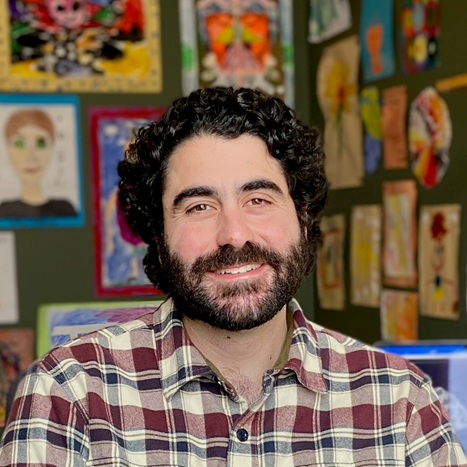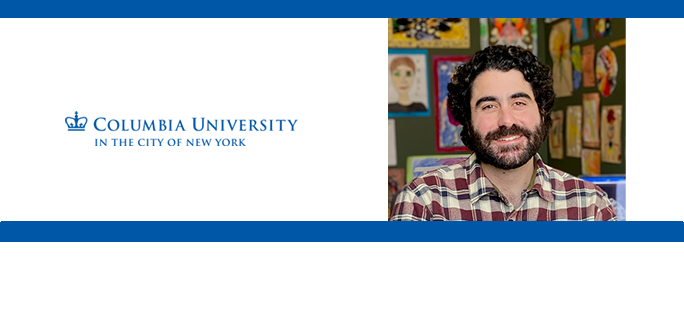 How we experience an event may change how we remember it.
How we experience an event may change how we remember it.
Christopher Baldassano, associate professor of psychology at Columbia University, looks into our past experiences for clues.
Christopher Baldassano is an Associate Professor in the Psychology Department at Columbia University. He was an undergraduate in Electrical Engineering at Princeton University, received his PhD in Computer Science at Stanford University, and was a postdoc at the Princeton Neuroscience Institute. His lab’s research focuses on how knowledge about the world – including semantic knowledge, temporal structure, spatial maps, or schematic scripts – is used to understand and remember complex naturalistic experiences. By applying machine learning techniques to data from behavioral and neuroimaging experiments, his work aims to uncover how dynamic representations in the mind and brain during perception lead to the formation of event memories.
The Brain Organizes Narratives Into Meaningful Event Memories
Our experiences in the world unfold over time in a constant stream, and you might imagine that your memory is like a continuous, unbroken filmstrip of your life. But research has shown that our minds divide up an experience into separate memory traces, drawing boundaries between events at key moments like when you walk out the front door or get a phone call. Using functional MRI, we can detect these boundaries in the brain, by looking for moments when brain activity suddenly shifts to a new pattern to start a new event memory.
In this study we wanted to test whether these key moments always come from sudden changes in the outside world, or if your mind can choose when to create an event boundary based on your goals and knowledge. We had people listen to stories that had two intertwining kinds of events in them, like a marriage proposal happening at a restaurant. We told some people to focus on story details related to the marriage proposal, like what the ring looked like, and some people to focus on details related to the restaurant, like what food the couple ordered. These different goals changed the kind of details that people remembered, and also changed the way that their brains divided up the story into events. In the medial prefrontal cortex, the part of your brain right behind the middle of your forehead, we found that events like the food arriving to the table would only trigger a pattern shift (and the start of a new mental chapter) for listeners who were focused on the restaurant-related details of the story.
One key conclusion from this study is that your brain is not just passively taking in events from the world like a video recorder. Based on your expectations and what you are paying attention to, you have control over how you organize the event memories you form.
Read More:
[Current Biology] – Top-down attention shifts behavioral and neural event boundaries in narratives with overlapping event scripts
[Quanta Magazine] – How ‘Event Scripts’ Structure Our Personal Memories


Leave a Reply